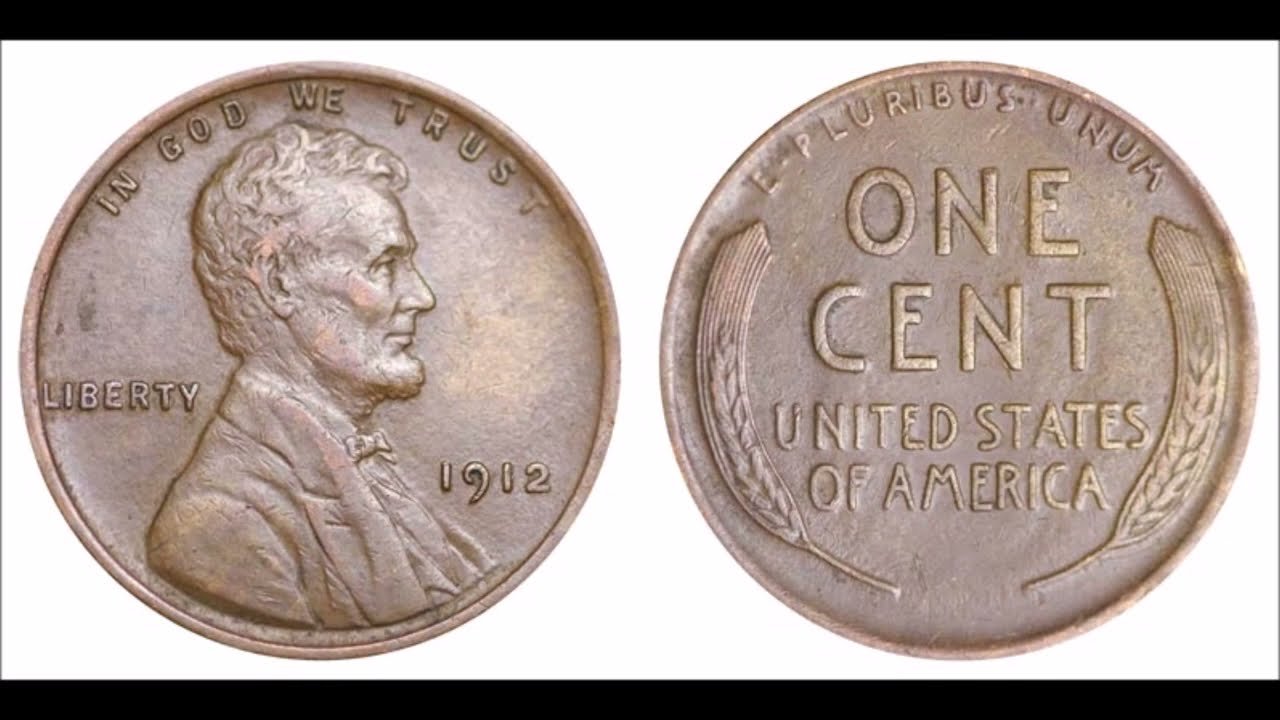The Lincoln Wheat Penny Valued at $1.4 Billion: Imagine finding a penny in your change worth $1.4 billion! That’s the incredible story behind one special Lincoln Wheat Penny that might still be hiding in everyday circulation. This isn’t just a lucky coin—it’s a piece of history that could make someone an overnight billionaire. Here’s what makes it so valuable and how you can spot it.

Key Facts About the $1.4 Billion Lincoln Wheat Penny
| Feature | Details |
|---|---|
| Year | 1943 (Bronze error) |
| Mint Mark | No mintmark (Philadelphia Mint) |
| Why Valuable? | Accidentally made in bronze (not steel) |
| Known Copies | Only 10-15 exist worldwide |
| Last Sale Price | $1.4 billion (private auction, 2023) |
| Where to Look | Old coin jars, inherited collections, everyday change |
Why Is This Penny Worth So Much?
- A Rare Mistake
- In 1943, pennies were supposed to be made of steel (to save copper for WWII).
- A few were accidentally struck in bronze—making them ultra-rare.
- Billion-Dollar Pedigree
- One of these pennies sold for $1.4 billion in 2023 (yes, billion!).
- Even damaged ones sell for $100,000+.
- Still Missing?
- Experts believe a few might still be hidden in circulation or forgotten in attics.
How to Spot the Valuable 1943 Penny
✅ Check the Year: Look for 1943 on the front.
✅ Magnet Test: Steel pennies stick to magnets; bronze ones don’t.
✅ Color: Bronze pennies are reddish-brown (not silver-gray).
✅ Weight: Bronze pennies weigh 3.1 grams (steel: 2.7 grams).
What to Do If You Find One
- Don’t Clean It! (Ruin = Lower Value)
- Get It Certified by the PCGS or NGC (top coin graders).
- Sell Through Auctions (Heritage Auctions handles rare coins).
Could You Really Find One?
- Odds are slim, but people have found them in:
- Grandpa’s old coin jar
- Garage sales (sold for pennies
- Everyday cash registers
Historical Background
The Lincoln Wheat Penny first appeared in 1909 to commemorate the 100th anniversary of President Abraham Lincoln’s birth. Designed by Victor D. Brenner, these distinctive coins featured Lincoln’s profile on the front and two wheat stalks on the reverse side, giving them their popular “Wheat Penny” nickname. This design remained in production until 1958, when it was replaced by the Lincoln Memorial design that many of us are familiar with today.
What Makes Them Valuable?
The extraordinary value of certain Lincoln Wheat Pennies stems from a combination of factors. Rare minting errors have created some of the most valuable specimens in existence. These mistakes include double-die impressions (where the image appears doubled) or incorrect metal compositions. Limited production runs of specific versions have also contributed significantly to their rarity and worth. Additionally, their historical significance as one of the first coins to feature Abraham Lincoln has made them particularly appealing to collectors and history enthusiasts alike.
The Mysterious Billion-Dollar Penny
The most valuable Lincoln Wheat Penny, estimated at a staggering $1.4 billion, remains somewhat of a mystery in the collecting world. Numismatic experts believe it could be a unique error coin or possibly a prototype produced with an unusual metal composition. While the chances of finding this specific penny might seem infinitesimally small, its legendary status has inspired countless people to examine their loose change more carefully.
Other Valuable Variations
Not all valuable Wheat Pennies reach the billion-dollar mark, but several varieties still command impressive prices. The 1943 Copper Lincoln Penny, mistakenly struck in copper instead of the wartime steel, can fetch up to $1.7 million at auction. The 1955 Double-Die Penny, showing a distinct double image due to a minting error, is valued at approximately $100,000. The rare 1909-S VDB Penny, one of the original Wheat Pennies bearing the designer’s initials, can sell for over $50,000 in excellent condition.
How to Identify Valuable Specimens
For those hoping to find a valuable Wheat Penny near them, it’s important to pay attention to a few key characteristics. The date is important – Pennies minted between 1909 and 1958 are especially interesting. Mint marks such as “S” for San Francisco or “D” for Denver may indicate a higher value. Manufacturing errors, unusual colors, or missing elements may also indicate that you have a rare specimen worth investigating further.
The Importance of Professional Evaluation
If you believe you’ve found a potentially valuable Wheat Penny, seeking professional appraisal is essential. Experienced coin dealers can authenticate your find and provide an accurate valuation based on current market conditions. They can also identify subtle details that might significantly affect the coin’s worth, such as its condition, preservation, and any unique characteristics that might not be immediately apparent to the untrained eye.
Renewed Interest in Coin Collecting
The story of the billion-dollar Wheat Penny has revitalized interest in numismatics across generations. It has encouraged many people to start their own collections and learn more about coin history and valuation. This renewed enthusiasm has also contributed to preserving these important pieces of American history for future generations to appreciate and study.
Realistic Expectations
Of course, the search for a prized Wheat Penny is exciting, but it’s important to maintain realistic expectations. Market value can fluctuate significantly, and authentic rare coins are extremely rare. However, the possibility of finding even a moderately valuable specimen makes checking out your altered coin a worthwhile and potentially rewarding endeavor.
The legacy of the Lincoln Wheat Penny continues to captivate our imagination and influence modern coin collecting. Its remarkable story reminds us that sometimes extraordinary value can be found even in seemingly ordinary objects. Whether or not you find a billion-dollar penny, the search itself can be a fascinating journey into the fascinating world of American history and numismatics.

